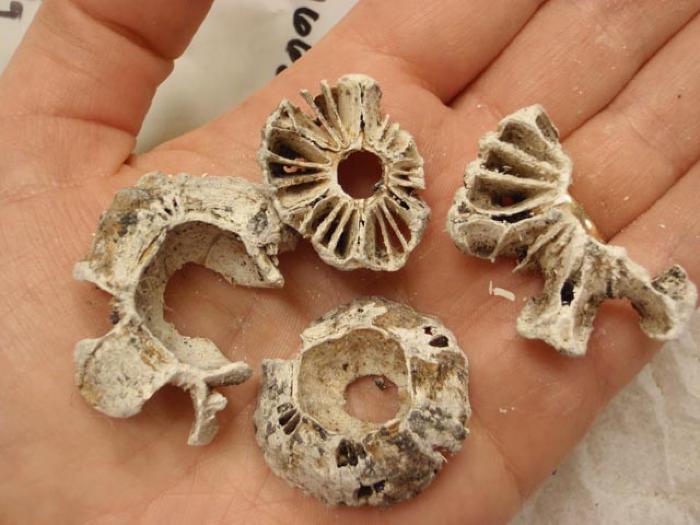Barnacles — Qaugtat

Barnacles are one of the oldest living species on earth and a familiar resident of Alaska’s shores. These filter-feeding crustaceans typically live in shallow waters and will grow on just about anything–rocks, shellfish, docks, boats, marine debris, and even sea mammals. Whales are especially prone to barnacle colonization. Where do these whale riders come from? As whales swim through plankton-rich waters, floating barnacle larvae attach themselves to the animals’ skin with feathery arms and a sticky, cement-like substance that hardens into a shell.
Barnacles are typically found on a whale’s head, flukes, and flippers, and individual whales can carry hundreds of pounds of these crustaceans. Although they burrow deeply into the animal’s skin and are permanent colonists, barnacles rarely harm their hosts. In fact, whale barnacles can help to protect whales from predators, and they are species-specific. Each type of whale barnacle is found only on one type of whale.
Although barnacles are not considered a source of food, they do appear in archaeological sites and provide important cultural information. At Mikt’sqaq Angayuk, a historic Alutiiq settlement at Cliff Point, researchers found examples of whale barnacles, but not whalebone. These barnacles are most likely from a humpbacked whale, indicating that whale meat was present at the site.
